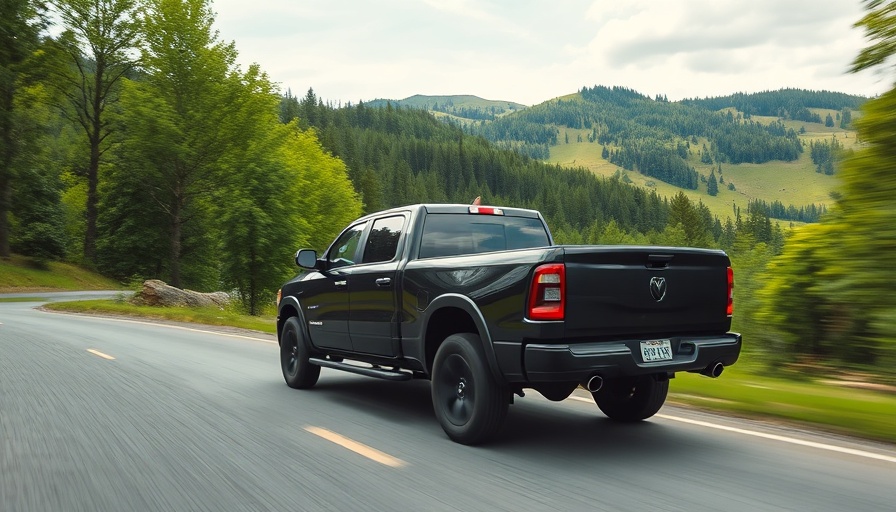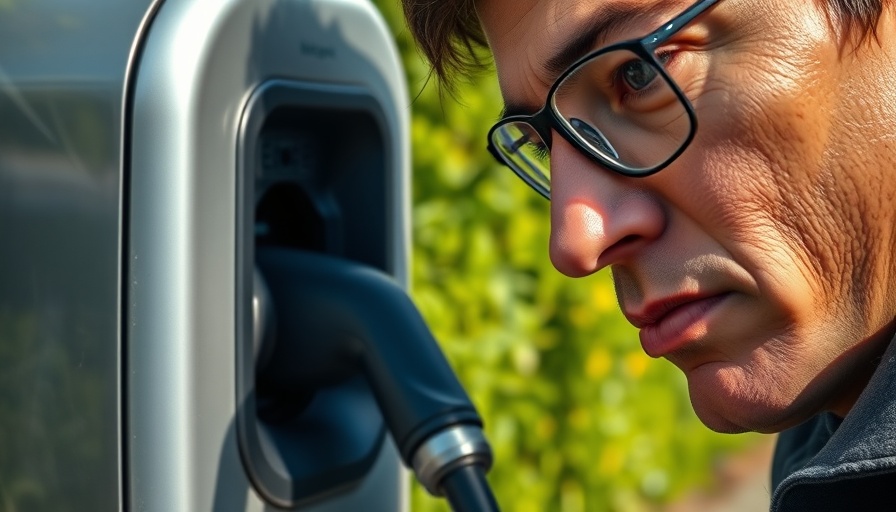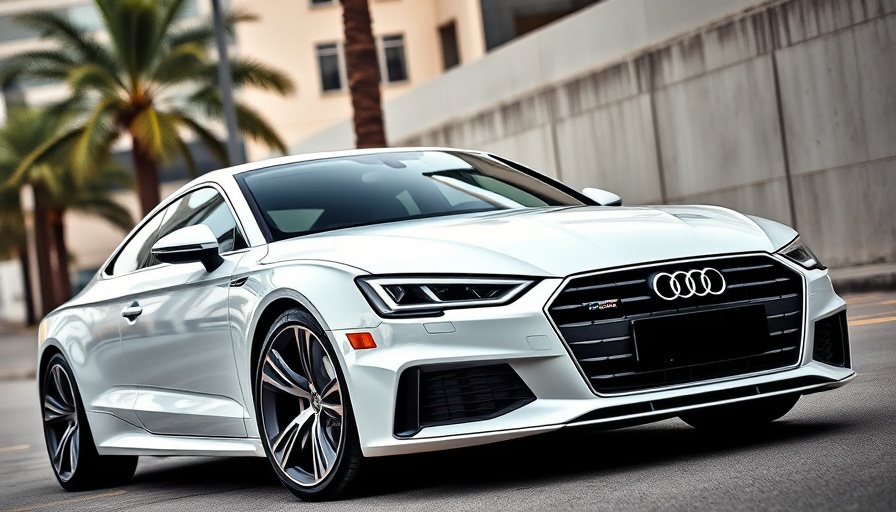
Understanding the Decline in Truck Dominance
The latest findings from the Dave Cantin Group challenge the long-standing supremacy of pickup trucks in the U.S. automotive market. Despite their historical popularity, consumer preference is shifting, with trucks and SUVs facing a slight decline. The presented data from over 1,000 surveyed individuals illustrates that truck preferences have plummeted from 9% to 7%, while SUV interest also dipped from 44% to 43%. This change isn't merely anecdotal; it reflects broader consumer behavior that reveals a growing sensitivity toward vehicle affordability.
The Shift Towards Affordability: A Key Growth Factor
The shift away from trucks and SUVs appears to be driven by rising consumer concerns over costs. As indicated in the report, buyers are leaning increasingly toward sedans, which saw an increase in popularity from 26% to 29%. This inclination emphasizes a demand for economical options among consumers. As the average price of a new car hovers near $49,853, many prospective buyers now expect to pay approximately 8% more than the previous year for their next vehicle at $36,732. This economic pressure underscores an urgent need for manufacturers to innovate their offerings to include affordable sedans.
The Impact of Economic Uncertainty on Vehicle Choices
Recent political and economic uncertainties are shaping consumer choices as much as preferences. DCG president and CEO Dave Cantin acknowledged that the automotive industry is in a state of flux, complicated by ongoing influences from global market conditions and consumer sentiment. The survey highlighted that 46% of individuals prefer paying for their vehicle outright without a loan, an increase from 42% in 2023. This statistic indicates a shift in financial strategy among consumers, showcasing their desire for lower financial commitments, which further emphasizes the affordability factor in purchasing decisions.
Electric Vehicles: A Bright Spot in Shifting Preferences
While trucks may be facing a downturn, the popularity of electric vehicles (EVs) is on the rise. The report suggests that electric and hybrid vehicles are solidifying their place in the market, with consumer interest trending upward. The notion that EVs can contribute positively to dealership performance is also essential, as these vehicles drive stronger fixed operations. As dealerships become more innovative in their approaches to selling these models, we can expect continued growth in this sector and lighter competition for traditional trucks and SUVs.
Conclusion: What This Means for Dealerships
For automotive dealerships navigating this evolving market, the insights gleaned from the DCG report serve as a critical learning tool. As consumer sentiments sway towards more economical vehicles and away from trucks, dealership owners and financial strategists will need to adapt their inventory and marketing strategies to better align with these emerging trends. A focus on sedans and electric vehicles will be crucial in maintaining relevance and profitability in an ever-more competitive landscape.
 Add Row
Add Row  Add
Add 




Write A Comment